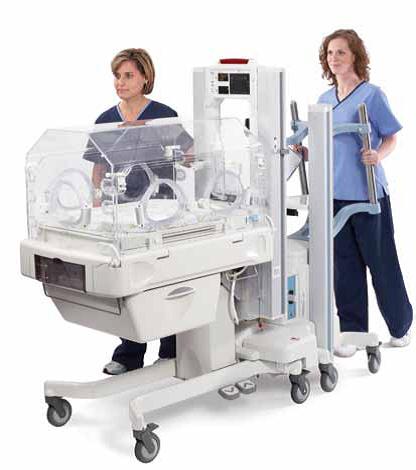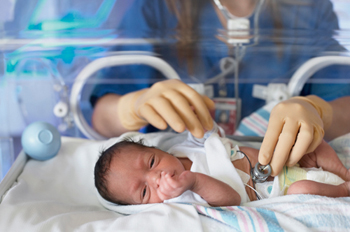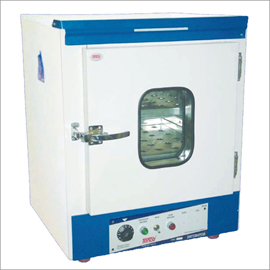Categories
Infant and Bacteriological Incubators and Fields of Their Application

In the 19th century there appeared special devices named incubators. They were initially created for maintaining LBW (thermal stability in low birth weight) as well as ill newborns. The main aim was to improve the chances of babies of survival.
Later on a great progress took place discovering the possibilities of these units to be effectively used for other purposes (like bacteriological incubators, for example). Today incubators are highly technological devices. However, the days pass by and there are still many aspects that may be improved in future.
Contents
What Is an Incubator?
A neonatal incubator is a special a rigid enclosure where a baby is kept in a controlled environment for professional care, examination and observation. Such devices include a fan, a heater, a control valve through which the oxygen is added, a container for adding humidity and access ports needed for nursing care.
Most premature babies are born with the weight that is less than normal. They usually find it really hard to adjust to the new environment after being delivered. And that is mainly why they are always at the risk of having different infections. To the number of those infants that are to be placed in these special boxes belong:
- Premature babies that were born underdeveloped and weak. Premature babies aren’t able to sustain all the conditions outside the womb. This is why they require extra help and care.
- Infants, who suffer from illnesses, ailments or infections. They require intensive monitoring and care. They are kept in special infant incubators for the recovery and safeguard from other disorders.
- Infants with low weight. Those newborns who are underweight and susceptible to diseases and extremely weak. To monitor their health they are placed into baby incubators.

To prevent possible diseases, these babies should be placed into special incubators and kept in there during certain period of time.
It is a well-known fact that the greatest number of infections in newborns are caused by viruses and bacteria. The birth canal has bacteria as well. During the childbirth babies breathe in or even swallow the fluid that is in the canal and get the viruses into blood and lungs. These are the main reasons why some babies are ill right after the childbirth. The sooner the infection is discovered and treated, the healthier the baby will be in future. And infant incubators are very helpful in coping with this task.
Such incubators can provide the required care to the infants, maintaining stable environmental conditions and the temperature required for healthy survival. Doctors and nurses monitor all the aspects of the baby’s environment in order to create perfect conditions for the survival of the baby.
What Is an Infant Incubator Used For?
The most vital function of a baby incubator is to protect an infant on the very first stages of life, as this is the time when they are the most vulnerable. An incubator is an enclosed and controlled environment. Humidity and temperature there is always controlled. The heat loss is minimized, thus the baby is always protected from a whole bunch of different dangers that surround her.
The environment of an incubator is always kept sterile and can protect infants from germs, minimizing possible risks of infections. In addition the airborne irritant and other allergens are kept out as well. The cradle of the unit is a comfortable and roomy surface. In case of premature births too much handling can become a reason for concern, and incubators become perfect places for simple examinations and other medical procedures without any risks.
Bacteriological Incubator

Incubators are used not only in cases of caring for premature babies. Today there are also many different bacteriological incubators that are used worldwide. They are created for the storage and preservation of insulin, vaccines, lever extracts, blood samples, tissue culture media, microbiological chemicals at the temperatures required.
Such units are used not only in the medical field, but also in different fields including industrial, agricultural, hospitals and research laboratories.



